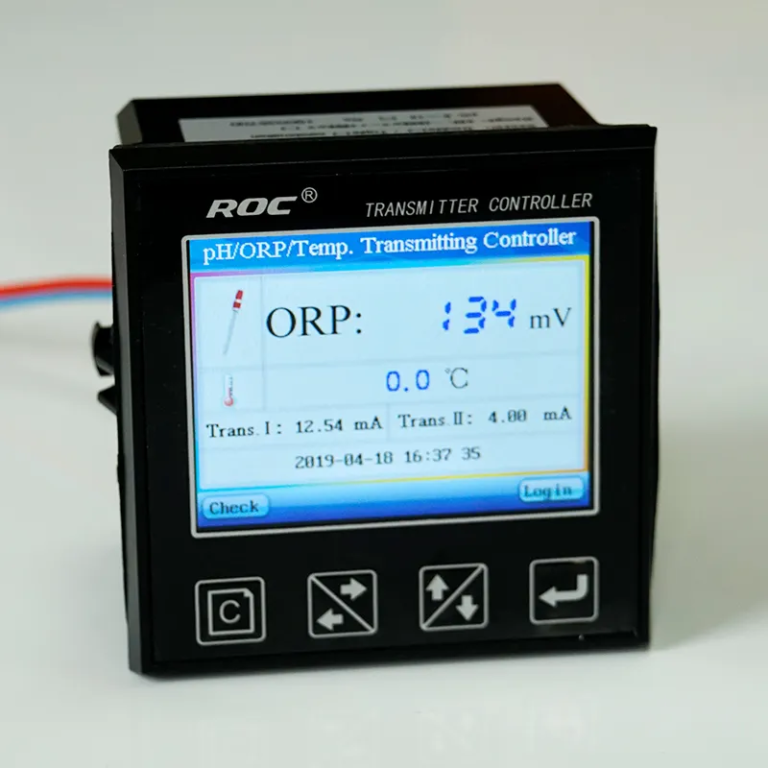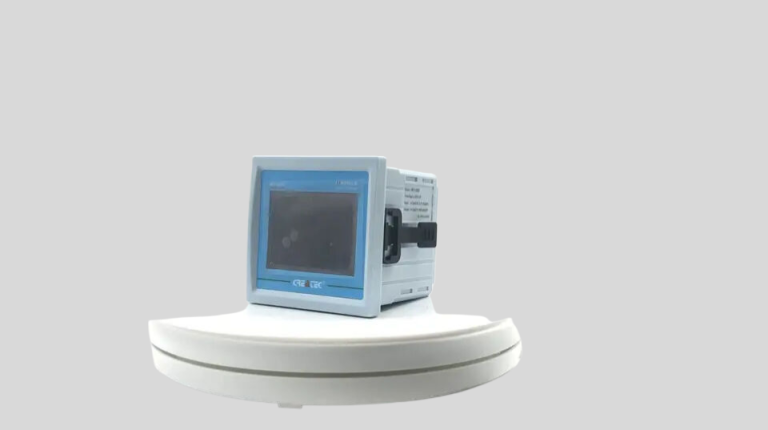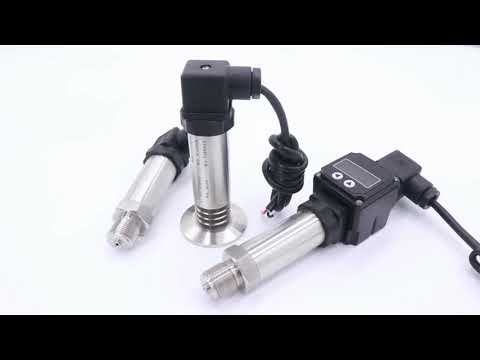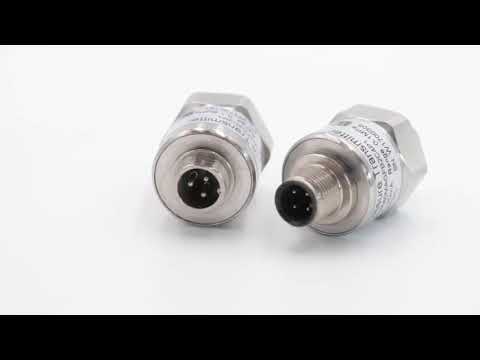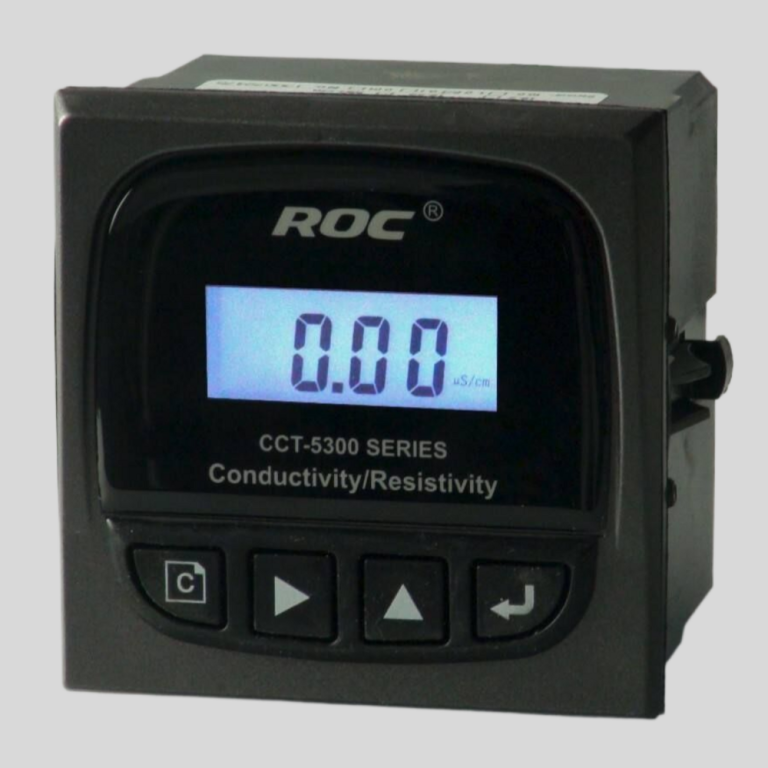Table of Contents
أهمية دقة مقياس الأس الهيدروجيني في ضمان سلامة الغذاء لمنتجات اللحوم
نموذج
جهاز مراقبة الموصلية الاقتصادية CM-230S
| المدى | 0-200/2000/4000/10000uS/سم |
| 0-100/1000/2000/5000PPM | الدقة |
| 1.5 في المائة (FS) | |
| درجة الحرارة. شركات | التعويض التلقائي لدرجة الحرارة بناءً على 25℃ |
| التشغيل. درجة الحرارة. | عادي 0~50℃; درجة حرارة عالية 0~120℃ |
| المستشعر | قياسي: ABS C = 1.0 سم |
| (البعض الآخر اختياري) | عرض-1 شاشة LCD |
| تصحيح صفر | التصحيح اليدوي للنطاق المنخفض 0.05-10ppm مضبوط من ECO |
| عرض الوحدة | uS/سم أو جزء في المليون |
| الطاقة | تيار متردد 220 فولت 110 بالمائة 50/60 هرتز أو تيار متردد 110 فولت 110 بالمائة 50/60 هرتز أو تيار مستمر 24 فولت/0.5 أمبير |
| بيئة العمل | درجة الحرارة المحيطة:0~50℃ |
| الرطوبة النسبية≤85 في المائة | الأبعاد |
| 48×96×100 ملم (الارتفاع×W×L) | |
| حجم الثقب | 45×92 ملم (ارتفاع× عرض) |
| وضع التثبيت | مضمن |
| كيفية معايرة واستخدام مقياس الأس الهيدروجيني بشكل صحيح لاختبار منتجات اللحوم | يعد مقياس الأس الهيدروجيني أداة أساسية لاختبار حموضة أو قلوية المواد المختلفة، بما في ذلك منتجات اللحوم. تعد المعايرة والاستخدام المناسبان لجهاز قياس الأس الهيدروجيني أمرًا بالغ الأهمية للحصول على نتائج دقيقة وموثوقة عند اختبار منتجات اللحوم. سنناقش في هذه المقالة كيفية معايرة واستخدام مقياس الأس الهيدروجيني لاختبار منتجات اللحوم بشكل صحيح.
قبل استخدام مقياس الأس الهيدروجيني لاختبار منتجات اللحوم، من المهم معايرة الجهاز لضمان قراءات دقيقة. تتضمن المعايرة ضبط مقياس الأس الهيدروجيني ليتوافق مع قيم الأس الهيدروجيني القياسية للمحاليل التي يتم اختبارها. تساعد هذه العملية على إزالة أي أخطاء محتملة في القراءات وتضمن دقة النتائج. |
لمعايرة جهاز قياس الأس الهيدروجيني لاختبار منتجات اللحوم، ستحتاج إلى استخدام محاليل معايرة ذات قيم حموضة معروفة. تتوفر هذه المحاليل عادة في درجة الحموضة 4.0، ودرجة الحموضة 7.0، ودرجة الحموضة 10.0. ابدأ بشطف القطب الكهربائي لجهاز قياس الأس الهيدروجيني بالماء المقطر لإزالة أي بقايا. بعد ذلك، اغمر القطب في محلول معايرة الرقم الهيدروجيني 7.0 واضبط جهاز القياس لقراءة قيمة الرقم الهيدروجيني الصحيحة. كرر هذه العملية مع محاليل معايرة pH 4.0 وpH 10.0 لإكمال عملية المعايرة.
بمجرد معايرة مقياس الأس الهيدروجيني بشكل صحيح، يمكنك البدء في اختبار الحموضة أو القلوية لمنتجات اللحوم. للقيام بذلك، قم أولاً بتحضير عينة اللحم عن طريق مزجها في خليط متجانس. ثم ضع كمية صغيرة من عينة اللحم في وعاء نظيف وأضف الماء المقطر لتكوين ملاط اللحم. أدخل قطب مقياس الأس الهيدروجيني في ملاط اللحم وانتظر حتى تستقر القراءة.
عند استخدام مقياس الأس الهيدروجيني لاختبار منتجات اللحوم، من المهم التعامل مع الجهاز بعناية لتجنب إتلاف القطب الكهربائي. تجنب لمس القطب بأصابعك، حيث أن الزيوت والأوساخ الموجودة على جلدك يمكن أن تتداخل مع دقة القراءات. اشطف القطب بالماء المقطر بعد كل استخدام لإزالة أي بقايا وإطالة عمر الجهاز.
عند اختبار منتجات اللحوم باستخدام مقياس الأس الهيدروجيني، من الضروري أخذ قراءات متعددة من مناطق مختلفة من العينة لضمان الدقة. حرك ملاط اللحم قبل أخذ كل قراءة للتأكد من أن قيمة الرقم الهيدروجيني متسقة في جميع أنحاء العينة. سجل القراءات واحسب متوسط قيمة الرقم الهيدروجيني للحصول على نتيجة أكثر موثوقية.
في الختام، يعد مقياس الرقم الهيدروجيني أداة قيمة لاختبار حموضة أو قلوية منتجات اللحوم. تعد المعايرة والاستخدام المناسبان لمقياس الأس الهيدروجيني أمرًا ضروريًا للحصول على نتائج دقيقة وموثوقة عند اختبار منتجات اللحوم. باتباع الخطوات الموضحة في هذه المقالة، يمكنك التأكد من معايرة مقياس الأس الهيدروجيني الخاص بك بشكل صحيح واستخدامه لاختبار منتجات اللحوم بشكل فعال. تذكر التعامل مع الجهاز بعناية، وأخذ قراءات متعددة، وتسجيل النتائج للحصول على قيم دقيقة للأس الهيدروجيني لمنتجات اللحوم.
How to Properly Calibrate and Use a ph meter for Testing Meat Products
A pH meter is an essential tool for testing the acidity or alkalinity of various substances, including meat products. Proper calibration and usage of a pH meter are crucial to obtaining accurate and reliable results when testing meat products. In this article, we will discuss how to properly calibrate and use a pH meter for testing meat products.
Before using a pH meter to test meat products, it is important to calibrate the device to ensure accurate readings. Calibration involves adjusting the pH meter to match the standard pH values of the solutions being tested. This process helps to eliminate any potential errors in the readings and ensures the accuracy of the results.
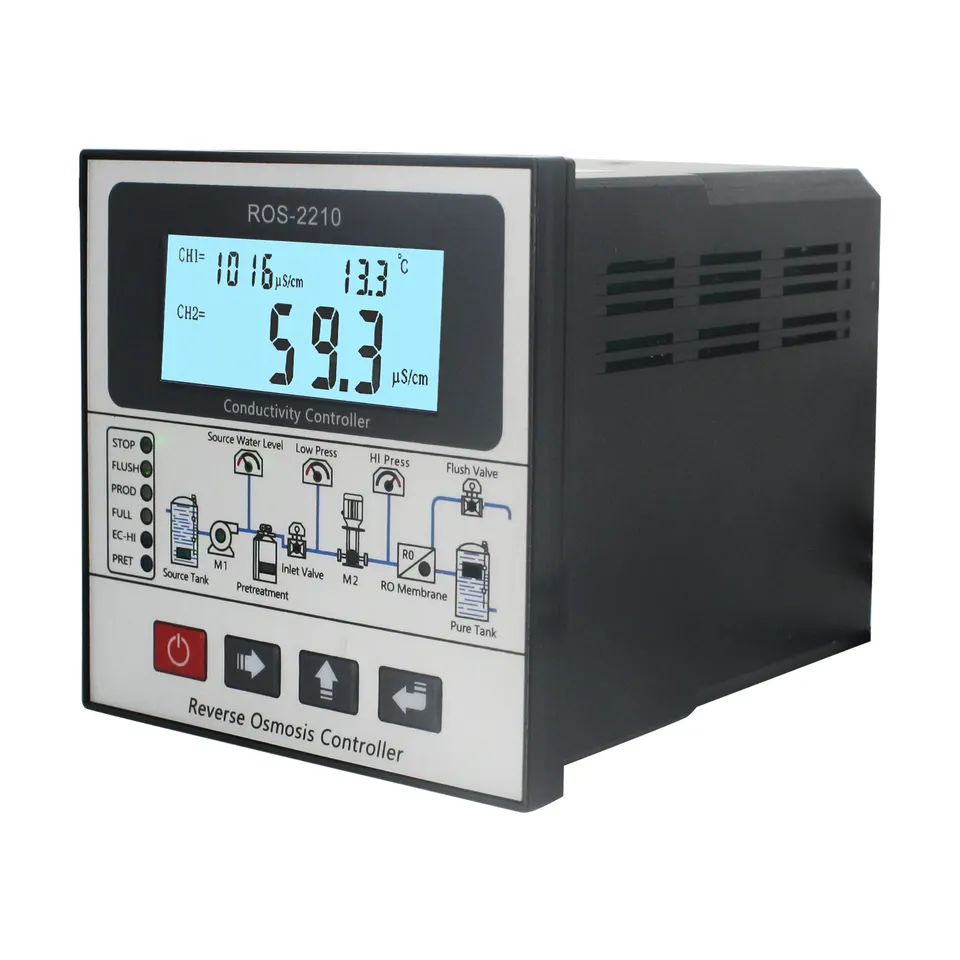
To calibrate a pH meter for testing meat products, you will need to use calibration solutions with known pH values. These solutions are typically available in pH 4.0, pH 7.0, and pH 10.0. Start by rinsing the electrode of the pH meter with distilled water to remove any residue. Then, immerse the electrode in the pH 7.0 calibration solution and adjust the meter to read the correct pH value. Repeat this process with the pH 4.0 and pH 10.0 calibration solutions to complete the calibration process.
Once the pH meter is properly calibrated, you can begin testing meat products for acidity or alkalinity. To do this, first, prepare the meat sample by blending it into a homogenous mixture. Then, place a small amount of the meat sample into a clean container and add distilled water to create a meat slurry. Insert the electrode of the pH meter into the meat slurry and wait for the reading to stabilize.
When using a pH meter to test meat products, it is important to handle the device with care to avoid damaging the electrode. Avoid touching the electrode with your fingers, as oils and dirt from your skin can interfere with the accuracy of the readings. Rinse the electrode with distilled water after each use to remove any residue and prolong the lifespan of the device.
When testing meat products with a pH meter, it is essential to take multiple readings from different areas of the sample to ensure accuracy. Stir the meat slurry before taking each reading to ensure that the pH value is consistent throughout the sample. Record the readings and calculate the average pH value to obtain a more reliable result.
In conclusion, a pH meter is a valuable tool for testing the acidity or alkalinity of meat products. Proper calibration and usage of a pH meter are essential to obtaining accurate and reliable results when testing meat products. By following the steps outlined in this article, you can ensure that your pH meter is properly calibrated and used to test meat products effectively. Remember to handle the device with care, take multiple readings, and record the results to obtain accurate pH values for your meat products.

